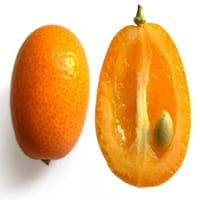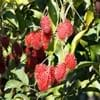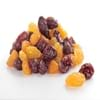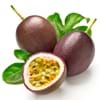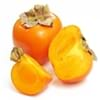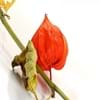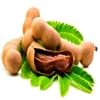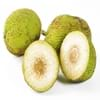Health Benefits
Anti-oxidant properties, Boosts immune system, Skin rejuvenation, Strengthening of bones
Cancer prevention, Cures gastro-intestinal troubles, Heart care, Increase in haemoglobin, Increases metabolic rate
General Benefits
Antiseptic properties, Cures headache, Removes waste from kidney
Anti oxidant properties, Anti-inflammatory properties, Healing of wounds, Helps in weight loss, Strengthens bones
Skin Benefits
Hydrates skin
Anti-aging benefits, Reduces wrinkles, Treatment of dark spots
Hair Benefits
Good conditioner
Promotes longer and healthier hair, Protects hair, Shiny hair
Allergy Symptoms
Chest pains, Rhinitis, Wheezing
Abdominal pains, Coughing, Diarrhea, Digestive Problems, Drop in blood pressure, Hives, Itching, Nausea, Tingling sensation in wrist and face, Vomiting, Wheezing
Side Effects
Unknown
Allergic reaction
Best Time to Eat
As a snack in the late afternoon, Don't consume at night and before bed, Eat the fresh ones, avoid mixing with any other foods, don't eat after meal., Morning time (before lunch)
As a snack in the late afternoon, Don't consume at night and before bed, Eat the fresh ones, avoid mixing with any other foods, don't eat after meal., Morning time (before lunch), Strictly avoid empty stomach
Vitamin B5 (Pantothenic Acid)
Vitamin C (Ascorbic Acid)
Vitamin K (Phyllochinone)
Phytosterol
Not Available
Calories in Fresh Fruit with Peel
Calories in Fresh Fruit without Peel
Not Available
Not Available
Calories in Frozen Form
Not Available
Calories in Dried Form
Not Available
Calories in Canned Form
Not Available
Calories in Jam
Not Available
Calories in Pie
Not Available
Type
Tree fruit, Tropical
Citrus
Season
Early summer, Early winter, Late fall, Late spring
Autumn, Winter
Varieties
Rongrien, Chompu, Rapiah, Bingjai and Lebak Bulus
Hong Kong, Marumi, Meiwa, Centenniel and Nagami
Color
Coral red, Yellow
Orange, Red, Yellow
Inside Color
Greyish-white
Orange
Taste
Sour, Sweet
Sweet, Tart
Soil Type
Clay, Loam
Clay, Sandy loam, Well-drained
Climatic Conditions
Humid
Cold, Warm
Facts about
- Oils extracted from its seeds is used to make soaps and candles.
- 'Rambut' means hairy in Malay.
- It makes the best hair mask.
- Seeds are edible and healthy too.
- The entire kumquat fruit is edible, except few seeds.
- The taste of kumquat skin is sweet while inner flesh is tart.
- There are some hybrid varieties of kumquats such as mandarinquats, orangequats and limequats.
Top Producer
Thailand
China
Other Countries
Africa, India, Indonesia, Malaysia, Philippines, Sri Lanka
Brazil, Mexico, Spain, United States of America
Top Importer
Singapore
United Kingdom
Top Exporter
Thailand
China
Botanical Name
Nephelium lappaceum
Citrus japonica
Synonym
Rambota
Fortunella margarita
Subkingdom
Tracheobionta
Tracheobionta
Division
Tracheophyta
Magnoliophyta
Class
Magnoliopsida
Magnoliopsida
Order
Sapindales
Sapindales
Family
Sapindaceae
Rutaceae
Species
N. lappaceum
C. japonica
Generic Group
Not Available
Citrus fruit
Difference Between Rambutan and Kumquat
We might think that Rambutan and Kumquat are similar with respect to nutritional value and health benefits. But the nutrient content of both fruits is different. Rambutan and Kumquat Facts such as their taste, shape, color, and size are also distinct. The difference between Rambutan and Kumquat is explained here.
The amount of calories in 100 gm of fresh Rambutan and Kumquat with peel is 69.00 kcal and 71.00 kcal and the amount of calories without peel is Not Available and Not Available respectively. Thus, Rambutan and Kumquat belong to High Calorie Fruits and Low Calorie Fruits category.These fruits might or might not differ with respect to their scientific classification. The order of Rambutan and Kumquat is Sapindales and Sapindales respectively. Rambutan belongs to Sapindaceae family and Kumquat belongs to Rutaceae family. Rambutan belongs to Nephelium genus of N. lappaceum species and Kumquat belongs to Citrus genus of C. japonica species. Beings plants, both fruits belong to Plantae Kingdom.

